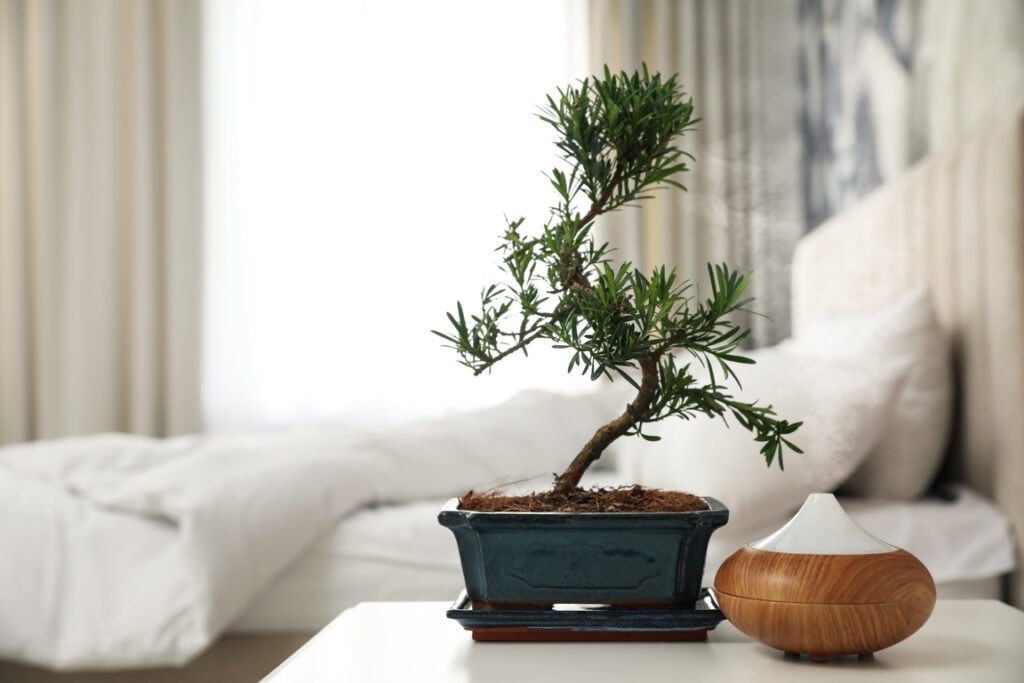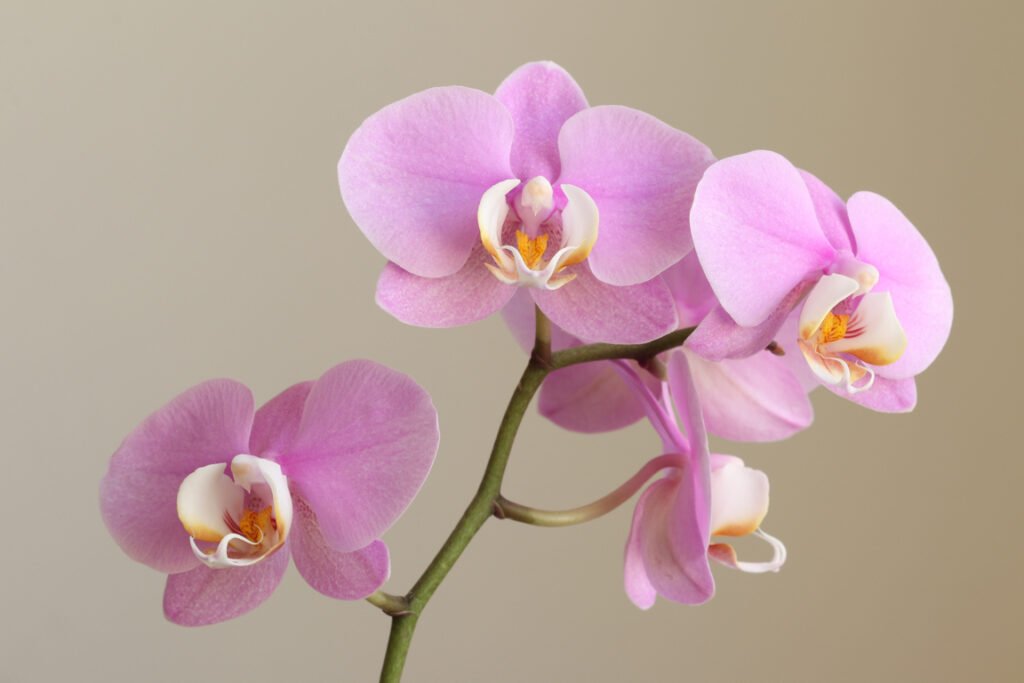Imagine this: You wake up one morning, glance at your bonsai tree, and see it dying! It’s like a horror movie unfolding in front of your eyes. You want to save it, but don’t know how. Don’t worry! We’ll turn you into a bonsai tree doctor in no time!
Keeping a bonsai tree alive indoors is not as difficult as it seems. All you need to do is provide the right conditions and follow some simple steps. If you wish to know those steps, keep reading. This article is all about keeping your bonsai tree alive indoors. Let’s delve into the details.
Indoor Bonsai – An Overview

Indoor Bonsai are miniature trees, shrubs, and plants specially cultivated to grow indoors. The art of cultivating indoor bonsai is centuries old and originated in China and Japan.
Unlike their larger cousins planted outdoors, indoor bonsai must be kept in a controlled environment to mimic their natural habitat. This requires careful management of temperature, humidity, and light levels.
Indoor bonsai trees are not simply smaller versions of regular plants; instead, they are meticulously groomed to mimic their full-sized counterparts.
They can come in a variety of shapes, such as forest tree forms, single-trunk styles, or even cascades. Different species of indoor bonsai require different amounts of care and attention; however, all will need to be trimmed and pruned regularly.
A bonsai tree can bring a touch of the outdoors into your home or office. They require minimal space and are easy to maintain. With proper care, an indoor bonsai can live for many years and become a cherished part of any home or office. With patience and the right environment, indoor bonsai can be enjoyed for years.
Keeping Your Bonsai Tree Alive – Here’s What You Need to Do
The best place to keep your bonsai tree is in a bright, sunny spot:
This one is a no-brainer. Your bonsai won’t do well if it doesn’t get enough light. Bonsais need adequate light to photosynthesise and make food. So make sure to keep your tree in a spot with plenty of indirect sunlight.
For instance, you can place them near a sunny window, or use LED grow lights to provide enough lighting throughout the day.
Tip: For best results, place it somewhere that gets at least 5-6 hours of direct sunlight per day.
Make sure the soil is moist at all times:
Your bonsai tree needs well-draining soil, and it should always be kept moist. A soil mixture made of Akadama, pumice, lava rock, and organic potting compost is ideal. The combination of these materials allows water to drain quickly while providing the necessary nutrients to keep your bonsai healthy. Additionally, adding a layer of fine gravel or grit on top will help retain moisture in the soil longer.
TIP: Bonsai trees do well in a special soil type called bonsai soil. This is sold in most garden shops and is a convenient solution for keeping your plant healthy.
Caution: Regular soil contains too much clay, preventing water from draining properly and leading to root rot.
Fertilise your tree every month with a bonsai fertiliser
To ensure that your bonsai tree has adequate nutrients, it is essential to fertilise it regularly. Using the proper ratios of nitrogen, phosphorus, and potassium (NPK) for each season, you can create a balanced fertiliser for your bonsai tree.
Generally speaking, in summer, this would be something like 10:6:6, and then in autumn, it would be something like 3:6:6. In winter, use a ratio of 1:3:2 to help the tree cope with the cold temperatures and slowly start building up again when spring comes around.
Tip: It is vital to fertilise your tree every month for the best results. However, ensure that you do not over-fertilise. Too much fertiliser can cause unnecessary stress on the plant and potentially result in damaged foliage or stunted growth.
If you use a liquid solution, ensure it is applied every two weeks instead of once a month. This will ensure that your bonsai tree’s roots are getting enough nutrients and help to keep your tree healthy and vibrant.
Prune the tree regularly to maintain its shape and size
To keep your bonsai tree in good shape, you must regularly prune it. This will allow you to maintain the size and shape of the plant as well as encourage new growth. To do this, use twig shears or normal cutters to remove any branches and shoots that have outgrown the intended canopy shape.
This will also help distribute growth evenly throughout the tree and promote dense foliage. Use good quality Bonsai tools for best results, as these are designed specifically for pruning bonsai trees.
Tip: When pruning your bonsai, ensure not to cut off too many branches or leaves at once. Start with small cuts and work your way up to bigger ones.Watch out for insects and diseases:
Bonsai trees are prone to insect infestations, as well as fungal and bacterial diseases, so it’s important to keep an eye out for any signs of these. If you notice any signs of an infestation or disease, treat it immediately.
Tip: A good way to prevent insect infestations and diseases is to keep the environment around your bonsai clean and free of debris. If you notice any yellowed or wilted leaves, remove them from the plant immediately. Apart from this, you can use a fungicide and insecticide to prevent infestations and diseases.
Repot the tree every two or three years using fresh soil:
Regular repotting is essential for keeping a bonsai tree alive indoors. Generally, If you have an older bonsai tree, consider repotting it every three-to-five years. In contrast, younger trees will need to be repotted every two years.
Tip: When ready to do so, carefully remove the tree from its pot and gently brush away existing soil from around the roots.
Keep Them Fluorescent Light:
In addition to providing your bonsai tree with enough sunlight, you can also supplement the lighting with fluorescent lights. This will provide extra light that helps promote healthy growth and keeps the leaves looking vibrant.
Tip: Make sure to keep a distance of at least 10-12 inches between the fluorescent light and the plant to avoid potential burns.
Provide Proper Humidity:
Bonsai trees thrive in humid environments, so keep the humidity around them at a constant level. To do this, place the pot on a gravel bed and fill it with water until the top layer is covered. This will create a miniature greenhouse for your bonsai tree and increase its humidity.
Tip: You can also mist your bonsai frequently using a spray bottle to ensure that they receive adequate humidity. Remember not to use too much water, which can cause root rot or other issues.
How Often Should You Water a Bonsai Tree?
One primary reason for a dying bonsai is overwatering, so your goal should be to keep the soil damp at all times. This can be achieved by keeping a shallow water tray near the bonsai and adding water when necessary. During the summer months, you’ll need to check daily for water levels as the tree will require more frequent watering.
In winter, it is recommended to water your bonsai when the soil dries out, depending on the climate. Generally, if the topsoil is dry, it’s time to add more water. When and how often you should water your bonsai tree indoors, you should use room temperature or lukewarm water, as cold water can shock the roots and cause damage.
If you’re unsure if your bonsai needs watering, check the soil by sticking a finger in it. If it feels dry, add more water to keep your bonsai healthy and alive.
What is Bonsai Propagation? And How can it Keep a Bonsai Tree Alive Indoors?

Bonsai propagation is cultivating a small tree into a bonsai tree. It involves taking a cutting or seedling of a healthy tree and then replanting it into the soil to produce the desired shape and size.
To do this, first select healthy branches from an existing bonsai tree. Then remove all leaves and buds for easier handling. Make sure to use sharp tools when making cuts, as dull blades can cause damage to the stem.
After making cuts, dip the cutting in rooting hormones to stimulate growth and place it in a pot filled with soil that is well-draining.
A key benefit of tree propagation is that it helps cultivate new trees by selecting desirable genetic traits in existing trees and propagating them through cuttings or grafts. This process involves taking cuttings from the parent tree and rooting them in moist soil or water until they develop a healthy root system.
The cuttings can then be planted in the desired location, where they will begin to grow and eventually develop into mature trees.
Unlike regular trees, bonsai are maintained with specific techniques and practices to remain miniature plants. Some popular techniques used in bonsai propagation include pruning, wiring, and defoliation.
Pruning:
Pruning is one of the most important aspects of maintaining a bonsai tree. Pruning helps keep trees small by removing excess leaves and branches. It also helps shape a bonsai tree’s growth, allowing you to create the desired form. Pruning should be done on an as-needed basis and should not be overdone, as it can cause damage to the tree.
Wiring:
Wiring is another essential technique used in bonsai propagation. Wires are wrapped around branches, trunks and roots of a bonsai tree to bend them into different shapes and forms. Wires should be checked regularly as they can cause damage to the tree if left on too long.
Defoliation:
Defoliation is a process of removing leaves from a bonsai tree in order to create a desired shape or form. It also helps control the size of a bonsai tree by reducing leaf growth. Defoliation should be done carefully and only when necessary, as it can weaken the tree if not done properly.
Overall, ensuring the tree’s environment is conducive to growth, with proper lighting and humidity levels, plays a significant role in keeping a bonsai tree alive indoors. Additionally, ensuring the soil is well-draining and fertilised properly will ensure your bonsai thrives for many years.
Final Words
Taking care of a bonsai tree indoors can be a rewarding experience. With proper care, they will grow and thrive in your home. Remember to give your bonsai plenty of light, water it regularly, prune it carefully as needed, fertilise it periodically and keep an eye on the humidity levels.
Consistent attention and maintenance can keep your bonsai healthy and happy all year long.



